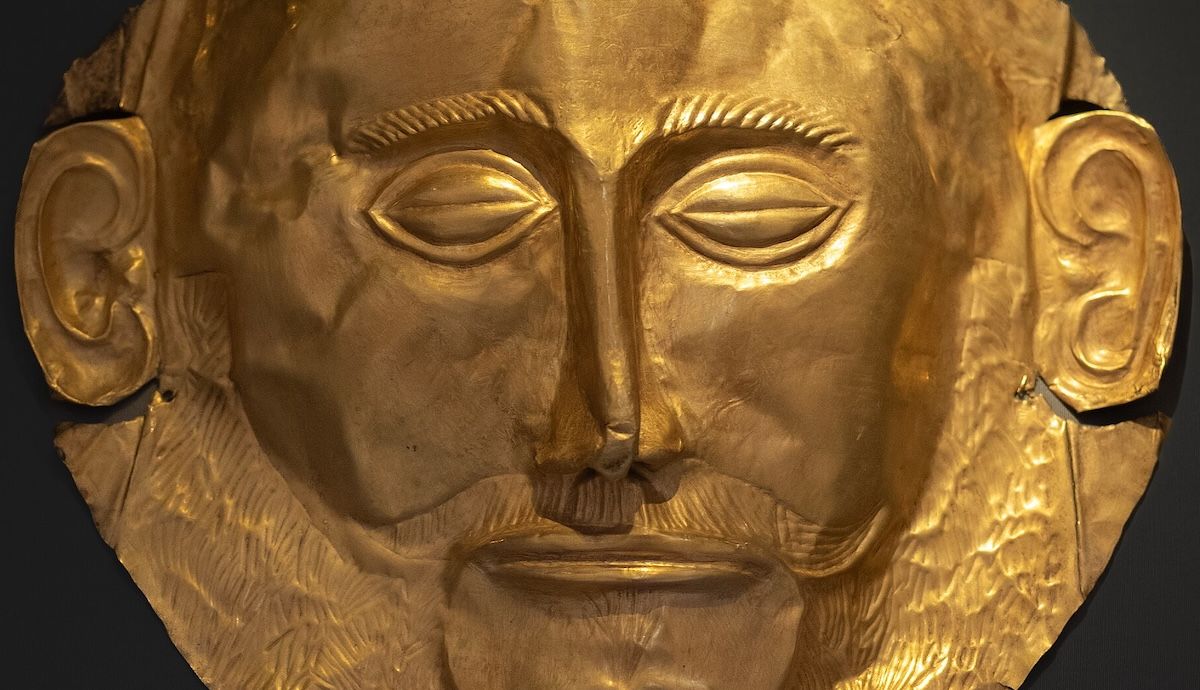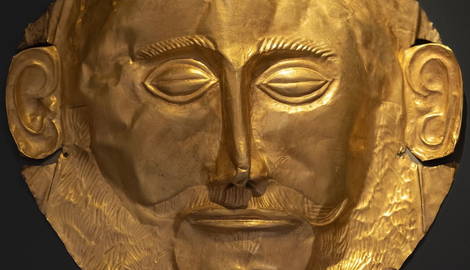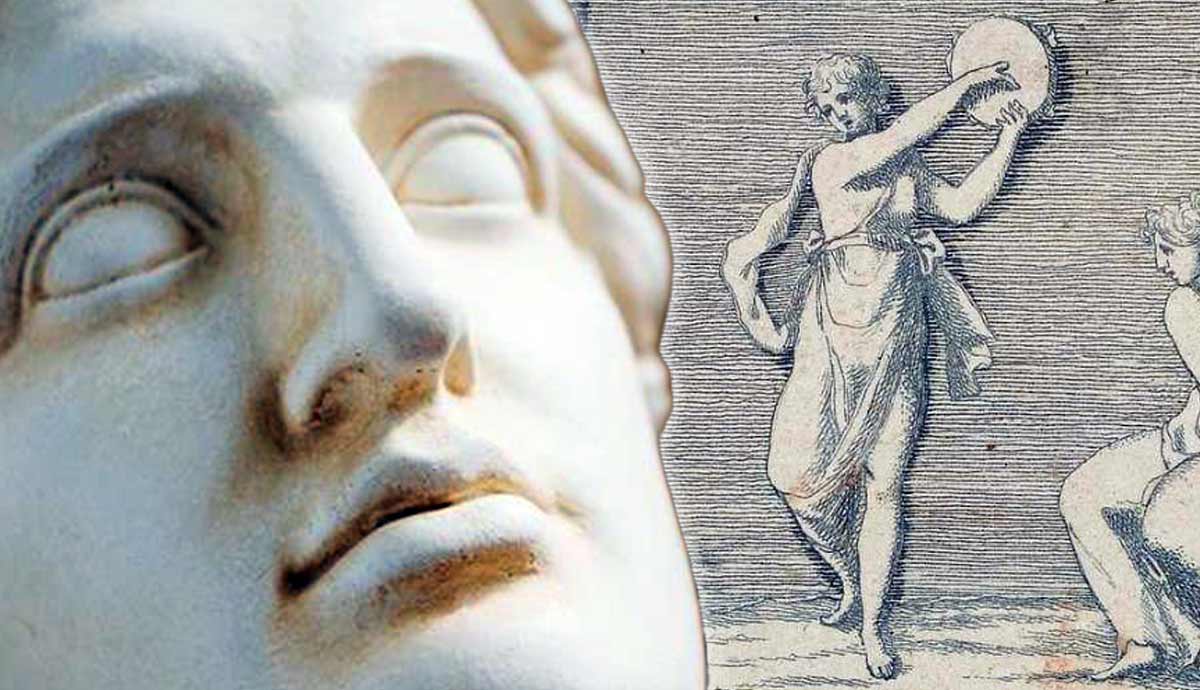
Mycenaean gold is a dazzling emblem of Greece’s Bronze Age. Luminous artifacts, from regal funerary masks to intricately wrought jewelry, bring to life an ancient world of beauty and power. But beneath the aesthetic brilliance of Mycenaean gold, there lies a trove of hidden treasures. Among these long-buried secrets are the surprisingly advanced craftsmanship and fascinating societal workings of an ancient Greek civilization.
Buried Riches: The Mycenaean Gold of the Shaft Graves

The modern story of Mycenaean gold begins in the late 19th century, when Heinrich Schliemann excavated Shaft Grave Circles A and B in southern Greece. Dating back to the 16th century BCE, these Mycenaean graves yielded an awe-inspiring collection of gold artifacts, including the famed “Mask of Agamemnon,” gilded cups, ritual objects, and personal ornaments.
These items were not mere decorations. They served as grave goods—symbols of status and offerings for the deceased in the afterlife. They reveal the immense wealth of the elite, as well as their belief in spiritual continuity. And, for archaeologists, the discovery of Mycenaean gold opened a long-awaited window into the ceremonial and cultural practices of the ancient Mycenaeans.
The Language of Gold: Status, Symbolism, and Belief

In Mycenaean culture, gold was much more than ornamentation. It also made a strong statement of power and prestige. The volume and artistry of surviving gold artifacts underscore the power and privilege of those who possessed them. In both life and death, gold defined social boundaries and spiritual aspirations.
Specific items, such as funerary masks, served not only as a means to preserve the identity of the deceased but possibly to elevate them to a semi-divine status in the afterlife. The intrinsic luminosity and incorruptibility of gold symbolized immortality and divinity in Mycenaean culture, making it an ideal material for use in funerary contexts. Other artifacts, such as gold signet rings depicting ritual scenes, also suggest the importance of gold in non-burial religious ceremonies.
Crafting Brilliance: Mycenaean Goldsmithing Techniques

The sophistication of Mycenaean gold reveals a mastery of metallurgy that was far ahead of its time. Mycenaean goldsmithing comprised several advanced metalworking techniques, including:
- Repoussé: hammering a sheet of metal, such as gold, on the underside to create raised designs on the surface, as in the case of funerary masks
- Granulation: meticulously attaching tiny gold beads, or granules, to a gold surface to create intricate patterns and textures, typically in jewelry-making
- Filigree: soldering together twisted gold threads or tiny beads (or both) together or onto a surface to create artistic motifs
- Niello inlay: using blackened alloys to create delicate designs on gold surfaces
While some techniques had roots in Minoan art, Mycenaean goldsmiths pushed the boundaries of the traditions they inherited, adding their own distinct style and complexity. Their innovations would influence metalworking for generations to come.
Mycenaean Gold in the Bronze Age World and Beyond

Mycenaean gold did not exist in a vacuum. It was part of a dynamic network of trade and diplomacy that stretched across the Bronze Age Mediterranean. The raw gold used in Mycenae likely came from Egypt, Anatolia, and the Balkans—evidence of the ancient civilization’s far-reaching economic ties.
Foreign artifacts found in Mycenaean Greece, along with Mycenaean gold discovered abroad, suggest strong relationships with other major powers, including the Egyptian pharaohs and the Hittite Empire. These exchanges shaped art, ideology, and even religious expression across the region. They also helped establish Mycenae as a major force in the ancient Aegean world.
Today, Mycenaean gold remains an enduring voice from a fascinating, yet still enigmatic, past. Through glittering gold artifacts, we glimpse not only the technical achievements of ancient artisans but also the social hierarchy, belief systems, and global connections of a once-dominant culture.










